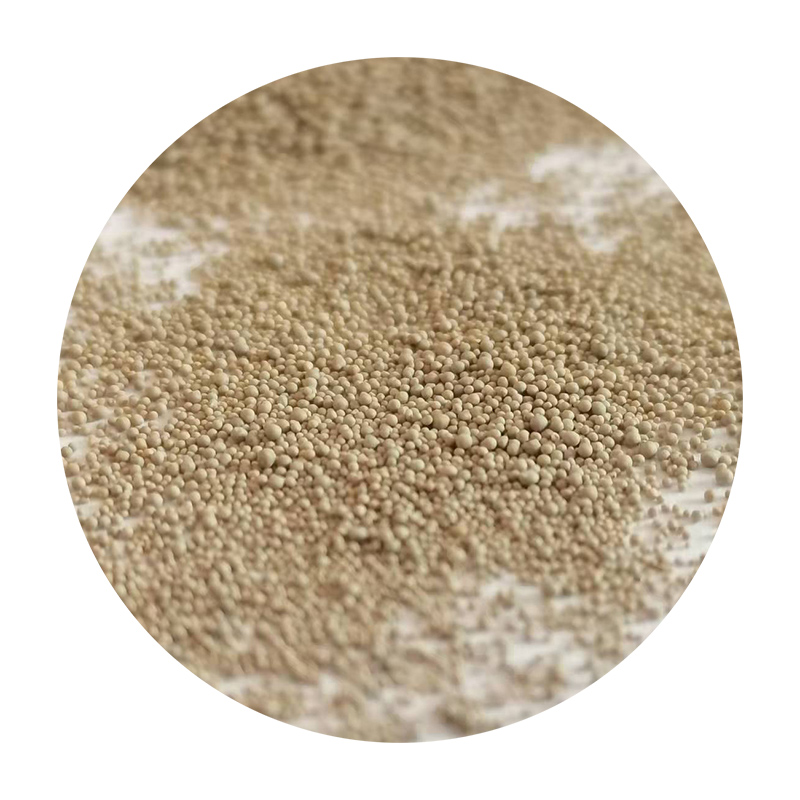The Art of Sanding Glazed Ceramics
Sanding glazed ceramics is a meticulous process that combines artistry and technique to achieve a flawless finish on ceramic pieces. The method is often employed in ceramics restoration, artistic enhancement, and preparatory work for new creations. Understanding the nuances of sanding glazed ceramics can help potters and artists obtain the desired aesthetics while preserving the functionality of their items.
Glazed ceramics, characterized by their glossy and colorful surfaces, are popular for both decorative and functional items such as dinnerware, vases, and tiles. The glazing process involves applying a silica-based coating to the ceramic body, followed by firing it in a kiln. This not only enhances the visual appeal but also adds durability and makes the product waterproof. However, over time, these glazed surfaces can require maintenance or refinishing, particularly if they have been scratched, chipped, or stained.
The first step in sanding glazed ceramics involves assessing the damage or imperfections on the surface. For minor scratches, a simple buffing might suffice. However, deeper cracks or uneven glazing may necessitate a more thorough sanding process. Choosing the right grit sandpaper is critical; typically, finer grits (around 400 to 600) are recommended to avoid damaging the glazed finish while still effectively smoothing out imperfections.
When sanding, it is important to work gently and in a circular motion. Excessive pressure can lead to removing too much glaze or even damaging the underlying ceramic body. Additionally, using water while sanding can help reduce friction, lowering the risk of heat damage and providing a smoother finish. This technique, often referred to as wet sanding, allows for a more controlled application and can result in a high-gloss finish that closely resembles the original glaze.
sanding glazed ceramics

After sanding, the piece should be thoroughly cleaned to remove any dust or residue from the sanding process. This step is crucial as any leftover particles can affect the application of any additional glaze or finish. Following this, a new coat of glaze can be applied if desired. This is particularly relevant for pieces that are meant to be functional, as a new glaze can restore their durability and water-resistant qualities.
The benefits of sanding glazed ceramics extend beyond mere aesthetics. Restoring the finish improves the longevity of the piece, ensuring it remains functional and attractive for years to come. Moreover, for artists, this process allows for creating unique textures and effects, enabling the transformation of standard pieces into one-of-a-kind artworks.
In addition to individual artistic practices, sanding glazed ceramics also plays a significant role in restoration and conservation. Museums and collectors often utilize this technique to preserve historical ceramic artifacts, allowing them to maintain their integrity while presenting them at their best. This delicate balance of preservation and enhancement requires a deep understanding of both the materials involved and the historical context of the pieces.
In conclusion, sanding glazed ceramics is a skill that encompasses both technical prowess and creative intuition. Whether for the improvement of personal collections, artistic expression, or the conservation of cherished artifacts, mastering this technique can lead to stunning results. As with any art form, patience and practice are key components in refining the process and achieving excellence in the craftsmanship of glazed ceramics.
Post time:9 月 . 21, 2024 20:23
Next:is sand casting expensive
